No products in the cart.
Compostable Packaging Bags & Biodegradable Pouches & Packaging
What is compostable packaging?
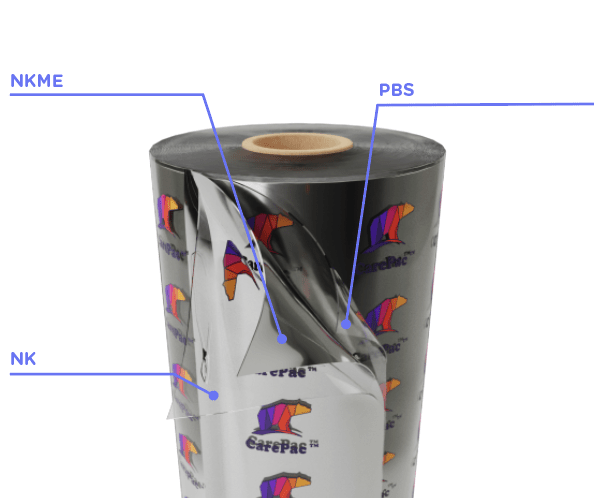
“Compostable” is the blanketed term for any product that can disintegrate into non-toxic, natural elements. Because they break down into natural elements, they cause no harm to the environment. As such, bags that are compostable are becoming an increasingly popular choice in the packaging and manufacturing industries. Generally speaking, the breakdown process of compostable bio-plastics takes about 90 days, which is about how long it takes a single tree leaf to decompose in a compost bin.
The term “compostable” is often used interchangeably with “biodegradable packaging”, but they actually describe two completely separate processes. All compostable cellophane bags are biodegradable, but not all biodegradable bags are compostable. There are two main differences between compostable and biodegradable products.
First, compostables will break down into natural elements within a specific timeframe. Second, compostable products break down into natural elements. Biodegradables, on the other hand, take an undetermined amount of time to break down and leave behind an organic material called humus.
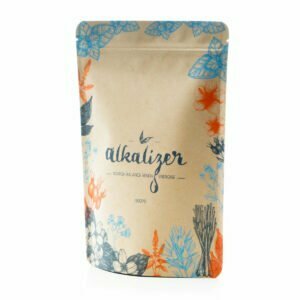

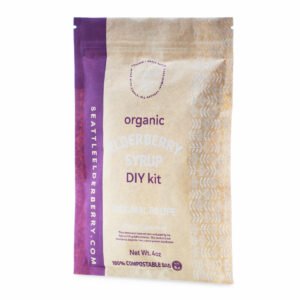
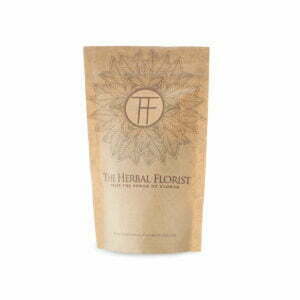
For this reason, compostable bags are the more eco-friendly and responsible choice for packaging. Read on to learn more about the advantages and disadvantages of compostables.
Our Most Popular Compostable Pouch Materials
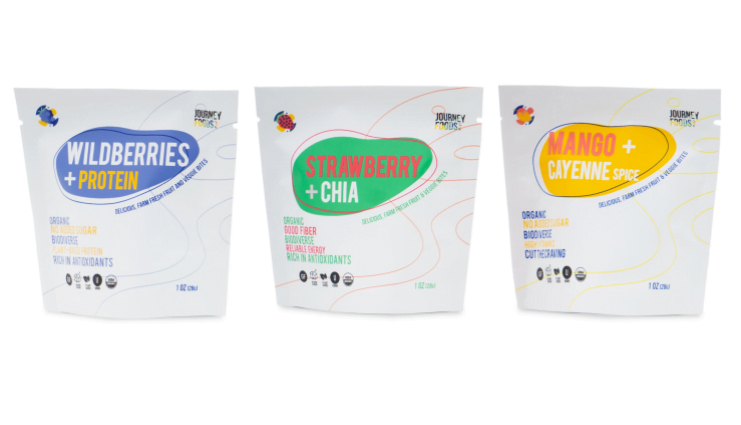
Currently, CarePac offers several different types of biodegradable materials. These plastics can be divided into two categories: bio-based plastics and petroleum-based plastics which have been modified to biodegrade and compost on a quick timeline. Bio-based plastics are produced from organic material (plants like corn, sugar cane, and cellulose. Petroleum-based plastics are derived from petrochemicals (fossil crude oil, coal, natural gas).
Carepac currently works with the following compostable substrates for our custom compostable packaging: PLA, NatureFlex cellulose-based plastics, PBS, PBAT, and metalized PLA.
These individual films are laminated together in various configurations based on the requirements of each customer’s use case. The below product comparison chart lists our film structures and names so you can more easily identify which of our products fall into the above categories. View the chart for an easy-to-digest comparison of our most popular compostable pouch materials. All these materials can be custom printed with logos and graphics.
Name | Base Formulation | Description |
|---|---|---|
Paper/PLA | Paper exterior commercially compostable material. | |
Paper/VMPLA/PLA | Paper exterior metalized PLA for enhanced barrier. | |
PLA/PLA | Dual layer lamination of PLA. | |
PLA/VMPLA/PLA | Increased barrier metalized PLA exterior. | |
CareCompost-NKP | NK/PLA | Ambient Compostable (coming soon) |
CareCompost-NKVP | NK/VMPLA/PLA | Ambient with Metalized Barrier (coming soon) |
NK/NKME/PBS | Ambient Compostable higher barrier Metalized NatureFlex |
Please Note: All statements regarding composability are subject to confirmation, and were provided by our film supplier, and provided without obligation on our part. Images on on this site are for illustrative purposes only, and intended to showcase what is possible with compostable materials.
What are the benefits of using eco friendly, compostable packaging?
In addition to being the more environmentally-friendly choice, opting to package your products using compostable plastics and pouches can improve consumer perception of your brand. Climate change is a global issue, and is especially important among younger consumers, who now make up a significant portion of global consumers. Getting on board with compostables sooner rather than later is a great choice -- you’ll keep current customers happy, you’ll spend less time and money playing catch up later, and you may even earn some new customers, too.
WalMart through its project Gigaton and WalMart’s Zero Plastic Waste Aspiration and other major retailers (Target, Aldi, and more) are making movements towards requiring it, and regulations and laws on a local, state, federal, and even global level are moving in this direction, too. Be prepared for the future by transitioning to compostables today.
What are the disadvantages of compostables?
Although compostable packaging is an excellent choice for many reasons, they do have a couple disadvantages, namely its strength and price point. Although compostable packaging can be customized to include added strength properties, they still aren’t super strong. They generally have a lower barrier to moisture and oxygen, so compostable packaging may not be the best choice for industries or products where exposure to moisture or oxygen needs to be restricted.
Of course, compostable packaging will improve over time, so just because compostable packaging doesn’t work for you right now doesn’t mean it can’t be an option in a few years time. Connect with us to discuss the pros & cons of compostable packaging for your industry -- if it’s not a good fit now, we’d be happy to connect with you once it is.
Compostable Packaging Overview Video
In this video we discuss compostable packaging in general and the advantages, and disadvantages of this type of packaging.
Have questions? We know this can be confusing, but our customer service team is always ready to answer any questions you may have. Reach out to us for more information and keep reading for a more in-depth look at each of the above.
What are the different types of compostables?
More info about PLA
PLA, or polylactic acid, is made from fermented plant starch, including from corn, sugarcane, or sugar beet pulp. As of 2010, it had the second highest consumption volume of any bioplastic in the world. It is considered safe for food contact, and its main benefits are its transparency, glossiness, stiffness, odor-shielding, and printable properties. It prevents the penetration of air, is resistant to grease and oil, and helps prolong a product’s lifespan.
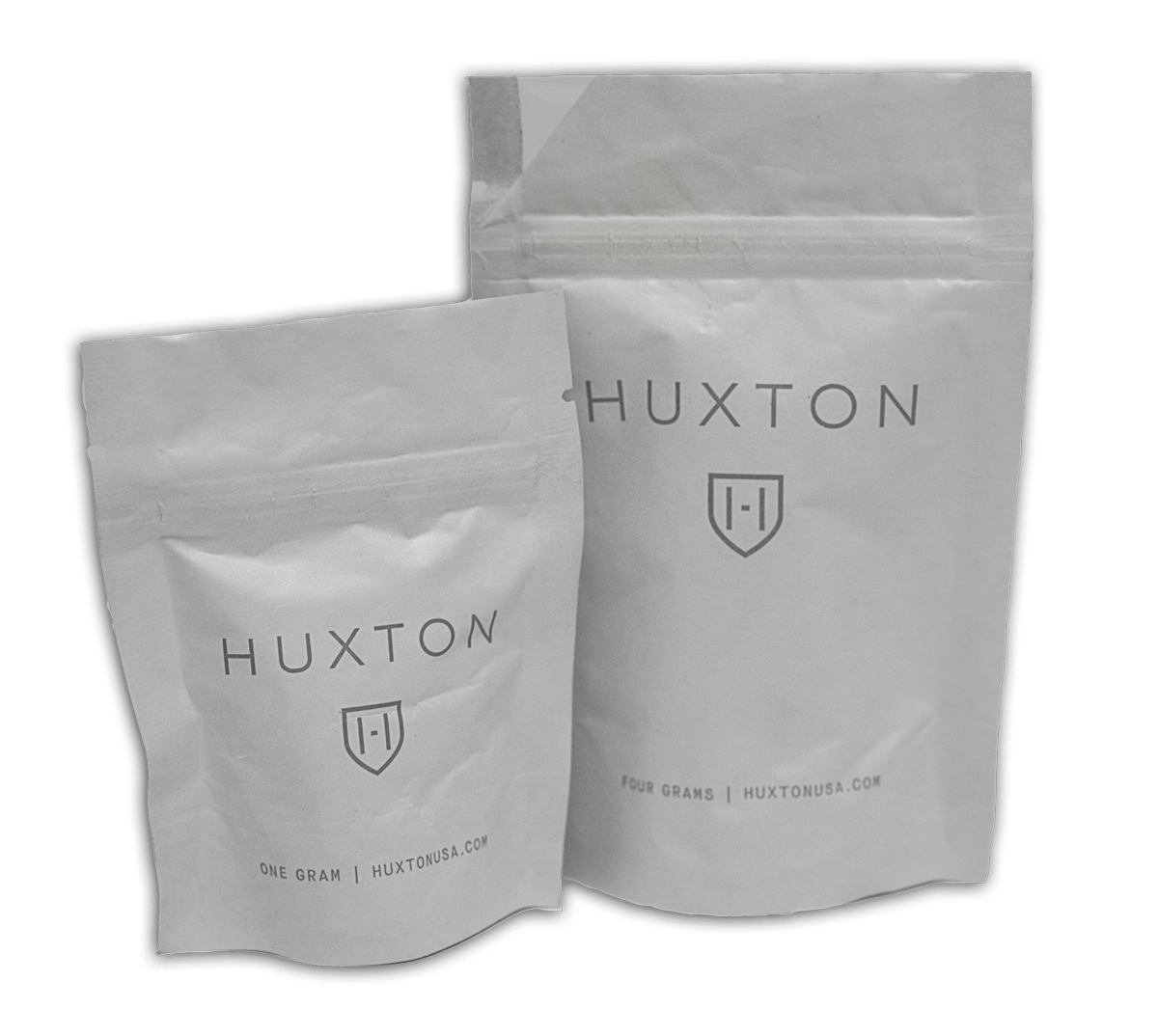
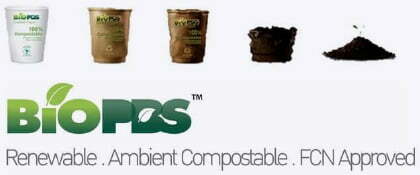
More info about PBS
This type of biodegradable plastic decomposes into water and carbon dioxide, and is a great biodegradable alternative to some common plastics. It has a high resistance to heat and is highly compatible with fiber.
More info about PBAT
Widely marketed as a fully biodegradable plastic, popular applications include coffee pouches, granola, and other food items. It’s highly flexible and tough, and is often blended with other biodegradable polymers for pouch production.
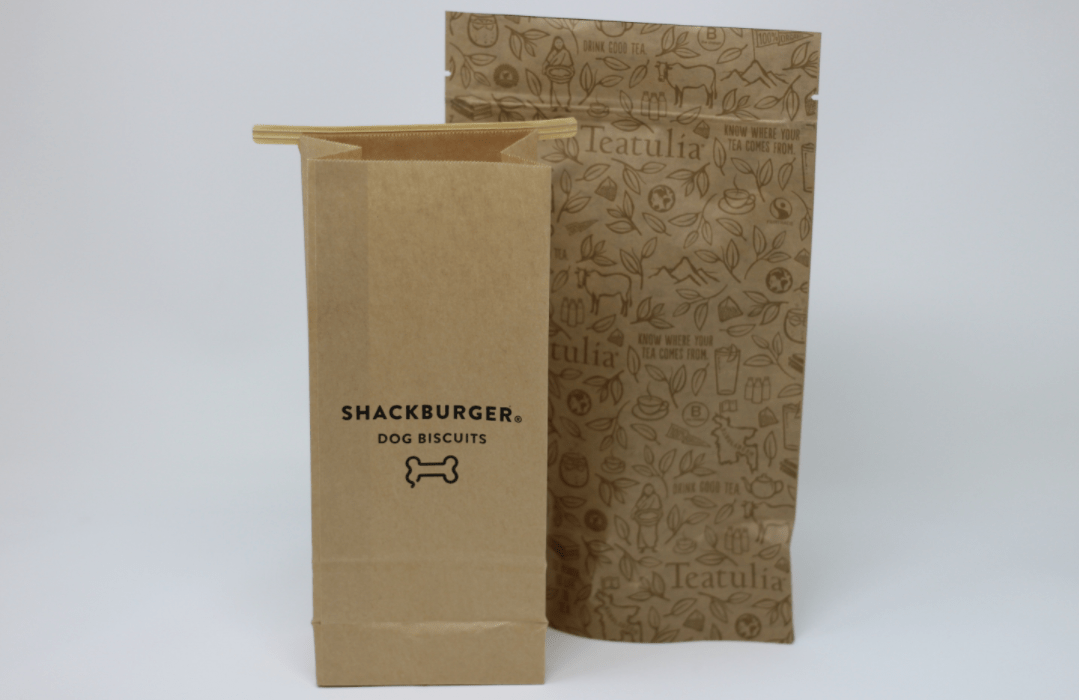
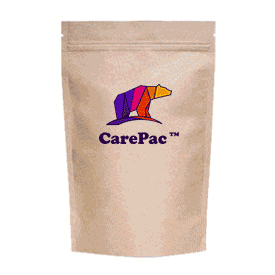
Do they biodegrade on their own?
A common misconception about compostable is that they biodegrade on their own. Compostable pouches will require a composting favorable environment. Ambient compostable can compost in normal residential composting piles, while industrially compostable will require a commercially managed composting environment to compost in short time period. To encourage your customers to properly compost your product’s packaging, we recommend including language on your packaging that explains in-depth how they can do so and why it’s so important.
Compostable FAQs
Although we’ve tried to be as comprehensive as possible, we know you probably still have questions about compostables. Please connect with us directly if you have any questions, or read answers to our most frequently asked questions below.
How good is compostable packaging?
Compostable packaging has similar performance characteristics to standard plastics and medium barrier products. Compostable packaging generally has lower barrier and strength than the traditional technical laminations, but is a more environmentally friendly option than many other plastics on the market. It can be used as a mailer, sheet blank labels, etc.
What’s the difference between at-home vs industrial compostables?
At-home, or “ambient”, compostable bags can be composed in a residential composter within a designated amount of time, While industrially compostable bags will need to be put into the compost that your city picks up.
Is compostable packaging better than recyclable?
Yes, compostable packaging is better than recyclable in almost all respects. First, most recyclable products are not actually recycled due to contamination, and in most cases recycling requires more energy than composting. Second, compostable products will decompose and return to the soil, and if the compostable packaging is ambient compostable, this process does not require industrial equipment nor added energy.
What is better: biodegradable or compostable?
Basically they are the same. Biodegradable is a more general term (most plastics are technically biodegradable as they are made of carbon, but the process takes hundreds of years.) Compostable refers more specifically to the ability of an item to biodegrade in a relatively short period under composting conditions.
Will compostable bags break down in landfills?
There is limited data on how at-home or industrially compostable bags biodegrade while in a landfill, but it’s estimated that they will decompose over time and at a much faster rate than traditional plastics.
Will compostable bags break down in landfills?
Currently, there are a few different organizations that certify products as being compostable. These organizations include TUV Austria and USDA, among others. Certification is important because it’s an easy way for end-consumers to identify and study which products are compostable.
How Long Does It Take To Decompose in a Compost Pile?
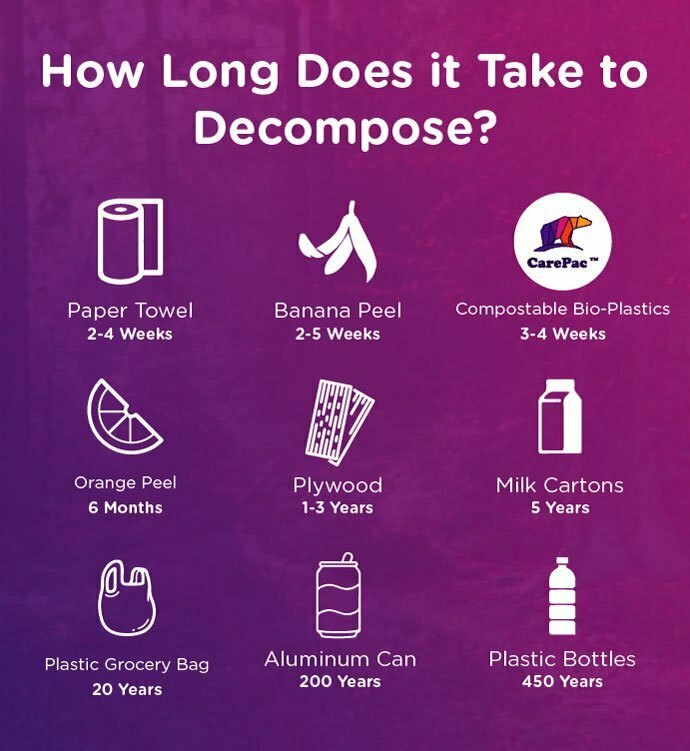
* Decomposting timeframes are subject to many external variables and are given here as indications only.
Compostables Packaging from CarePac
At Carepac, we care as much for the environment as we do for our customers -- “care” is in our name after all. We’re proud to offer a variety of compostable materials to our customers and hope that we can help you make the switch to environmentally-friendly packaging options. We truly believe that compostable is the future, and we’re ready to be your trusted partner as you make the transition.
Have questions? Need help? Reach out to our friendly customer service team for more information before you add that item to your cart.

